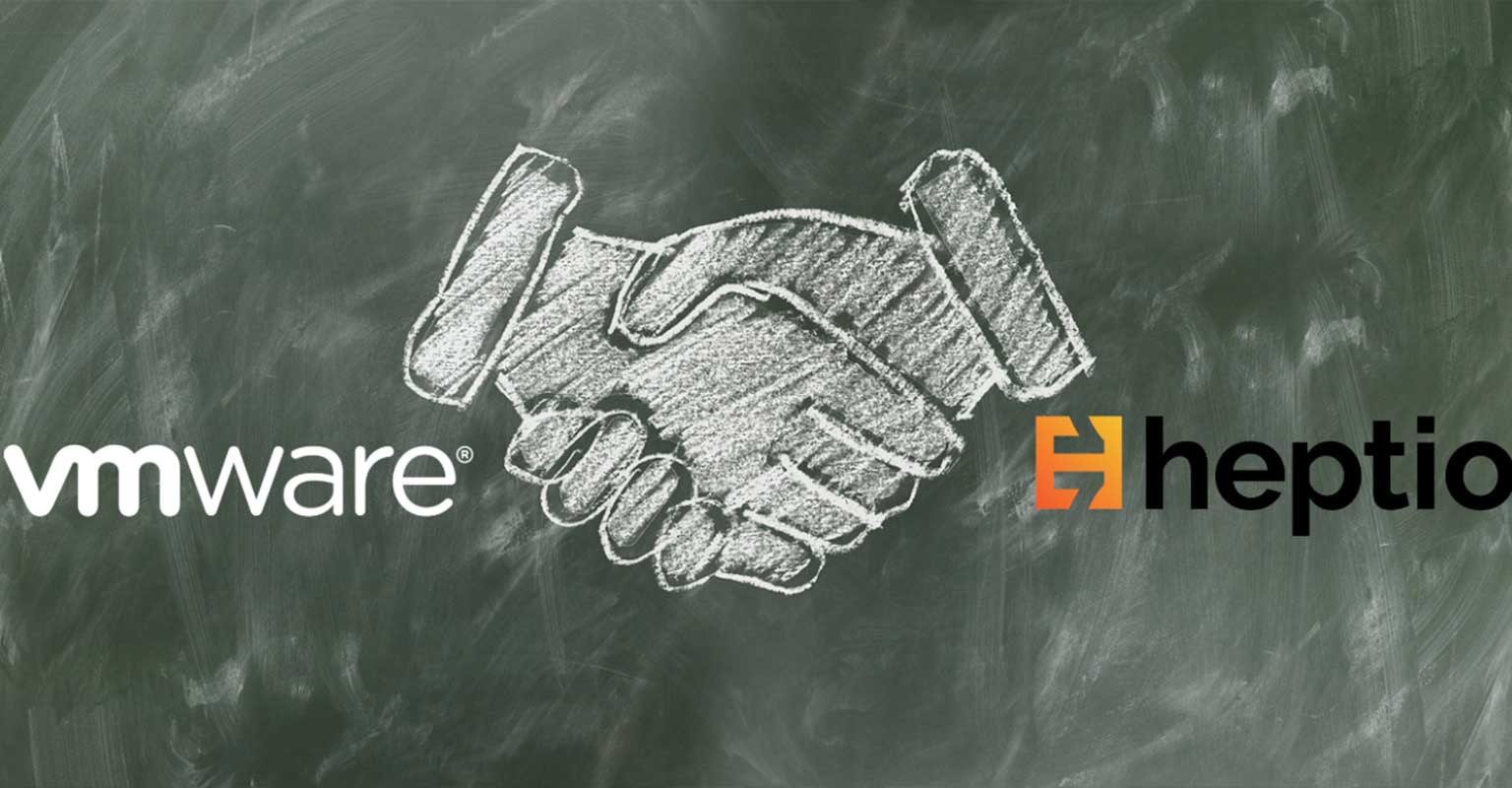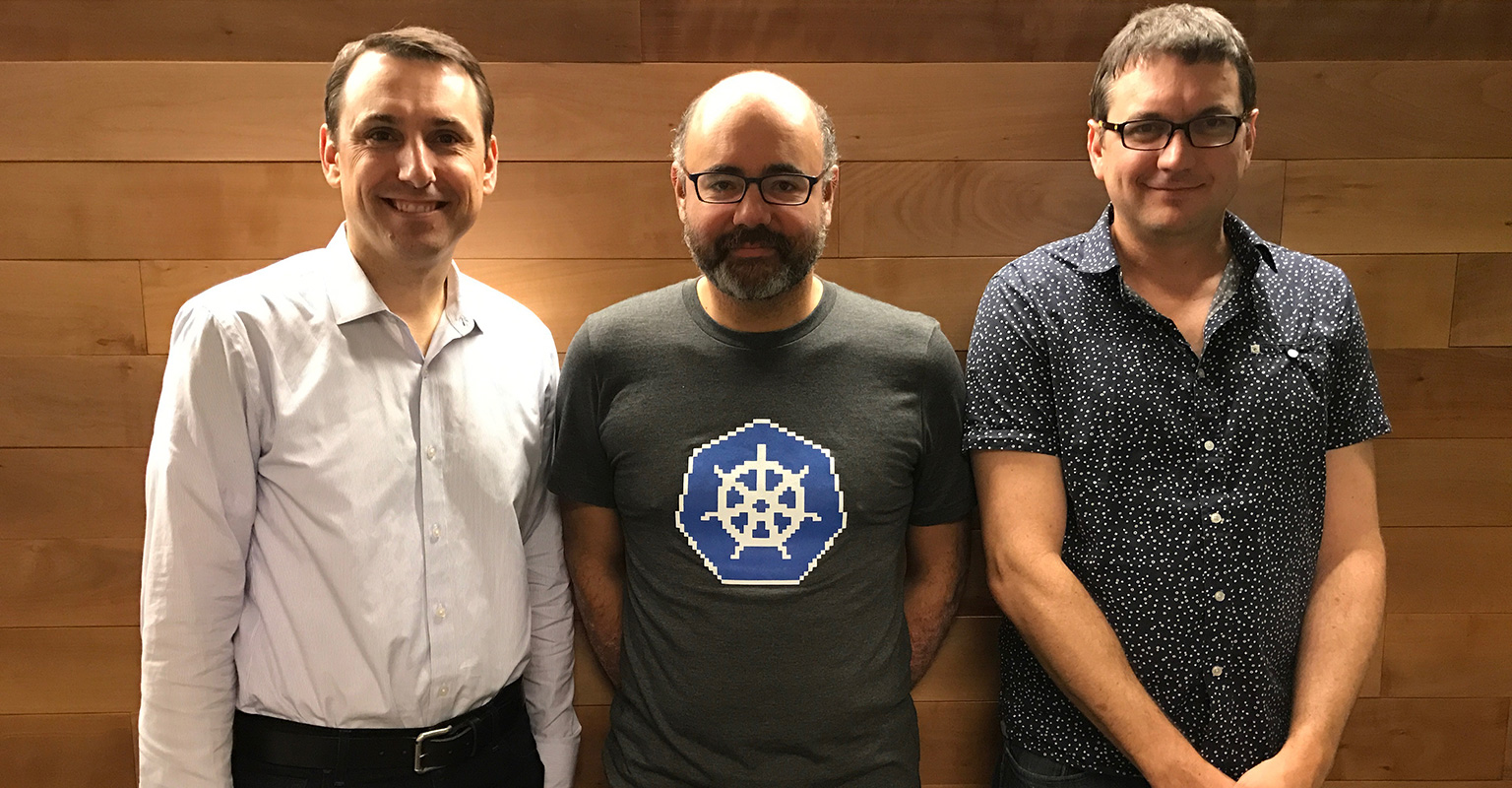We are thrilled for Heptio’s acquisition by VMware! This transaction is another resounding reinforcement that Kubernetes has become the de facto standard for infrastructure across clouds. It is also a tremendous validation of Heptio’s team, vision and execution.
Deciding “when to sell” is one of the toughest decisions faced by founders, boards and investors in growing companies. When presented with an attractive alternative to continuing to build the company independently, boards have a “high class problem” — but one they must consider with utmost thoughtfulness. Heptio was presented a very difficult challenge in this regard.
Heptio was founded by Kubernetes co-creators, Joe Beda and Craig McLuckie, less than two years ago. Madrona had the privilege of investing with Accel in the $8.5M Series A round at the company’s formation, and I joined the board as an Observer. Since this Day One, I’ve never been associated with a company that has accomplished more in as short a period of time. Craig and Joe had an original vision that the Kubernetes’ community would continue to strengthen and its rapid adoption would continue to increase; however, it needed to become easier and enterprises needed help with adoption. From this starting point, they saw an opportunity to lead a cloud native transformation in the enterprise and redefine the deployment and operations of modern applications across clouds.
This vision has exactly played out, and Heptio backed it up with great execution landing a blue-chip array of Fortune 500 customers for their Heptio Kubernetes Service (HKS) including 3 of the 4 largest retailers in the world, 4 of the 5 largest telcos in the US, and 2 of the 6 largest financial services companies in the US. They also made significant impact on the Kubernetes community by contributing 5 OSS projects (ksonnet, sonobuoy, contour, gimbal, ark) and collecting over 5000 Github stars. With this great execution, more funding followed. Nine months in, Madrona led the $25M Series B and the company invited me to join the Board and my colleague Maria Karaivanova joined as an Observer.
Through it all, Craig and Joe were the consummate founders. They approached building their business with laser-focus and a driving ambition to genuinely help customers and create a large, lasting business in the process. They were rock stars in the Kubernetes community, but approached all interactions with humility and pragmatism. They were extremely strategic in thinking through potential moves on the industry chessboard in what is a very dynamic market; but they always realized that none of it would matter if not paired with week-in-week-out blocking and tackling. Perhaps most importantly, they were relentless recruiters and built a world-class team of over 100 employees in less than 2 years, attracting other great leaders like Shanis Windland, Marcus Holm and Scott Buchanan. In doing so, they walked the talk that culture and diversity matter deeply in building a successful business, often passing on a good hire in favor of the right hire who was an even stronger fit for the business.
So, why in the world did we decide to sell? In short, sometimes you receive an offer too good to refuse. Heptio had the team, momentum and plenty of funding to continue; but in VMware, they saw a partner who not only recognized Heptio’s unique insights, assets and market position, but also had the resources and reach to execute more quickly on their vision and deliver an enterprise Kubernetes service to any cloud. The excitement over this potential – and a great financial offer – drove this deal. Market consolidation was always anticipated, and this decision was certainly not a reaction to IBM acquiring Red Hat or other market externalities.
In this decision process, the role of the investor is to ensure the founders and management team have the broad perspective of “what might be possible,” provide an objective view on the market (both opportunities and risks), and ensure the company has the necessary resources. At the end of the day, we support the founders and management team. In this case, while this acquisition came sooner than anyone anticipated, we all agreed that the strategic fit and economics made joining forces the right decision. Through it all, Craig and Joe balanced the interests of shareholders and employees along with other strategic considerations in exactly the way you hope any founders would. Ping Li from Accel was also an incredible thought partner from before company formation through this decision, and overall was one of the best board directors I’ve ever had a chance to work with.
Congratulations again to the Heptio team! We wish you all the best in furthering your mission and vision via the leadership roles you are taking inside VMware. We are excited the whole team is staying intact in Seattle and will continue to grow here. This acquisition is also a great validation of our broader investment theme around the enterprise move to cloud native and open source, and we continue to be very excited about our related investments in companies like Tigera, Shippable, and Pulumi.
Now my and Madrona’s fortunate job is to go find the next great Day One company … but I know it will be difficult to find another quite like Heptio.


